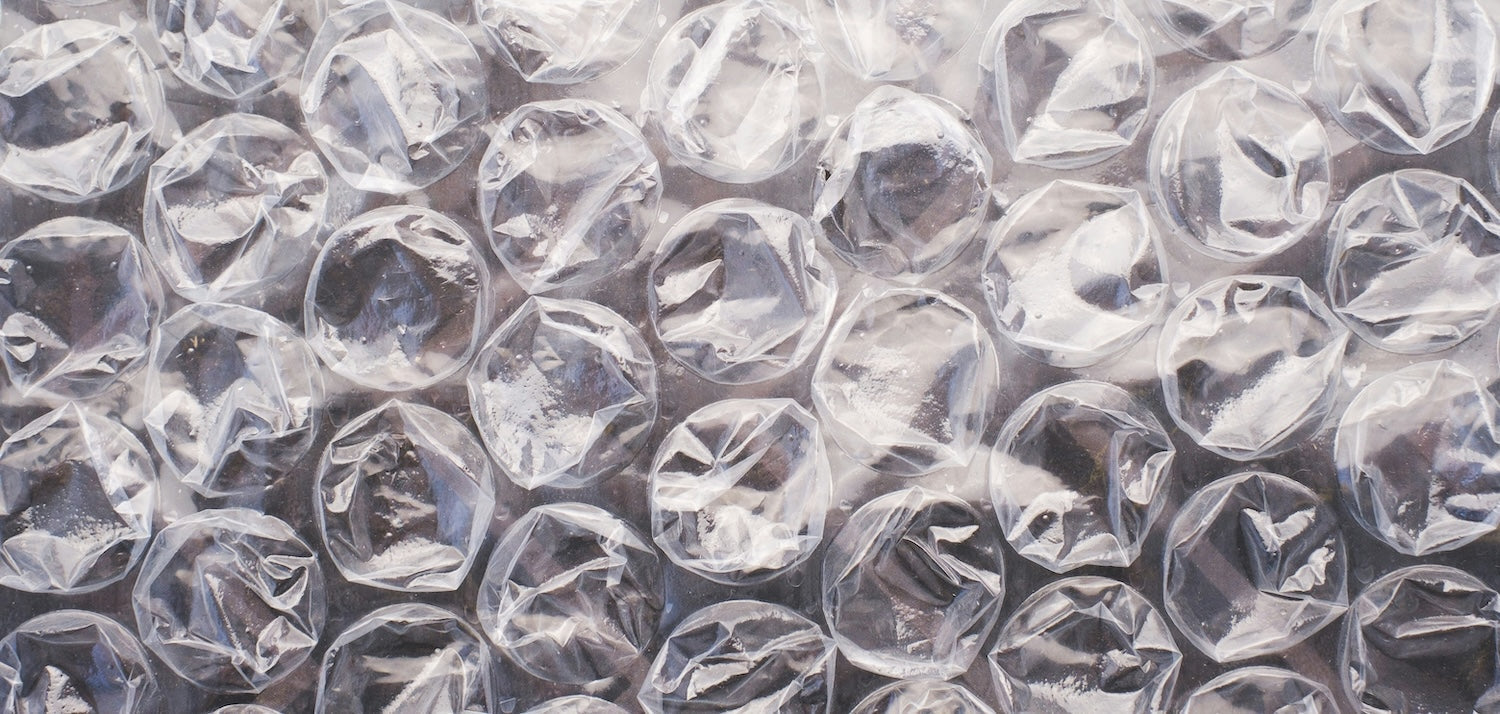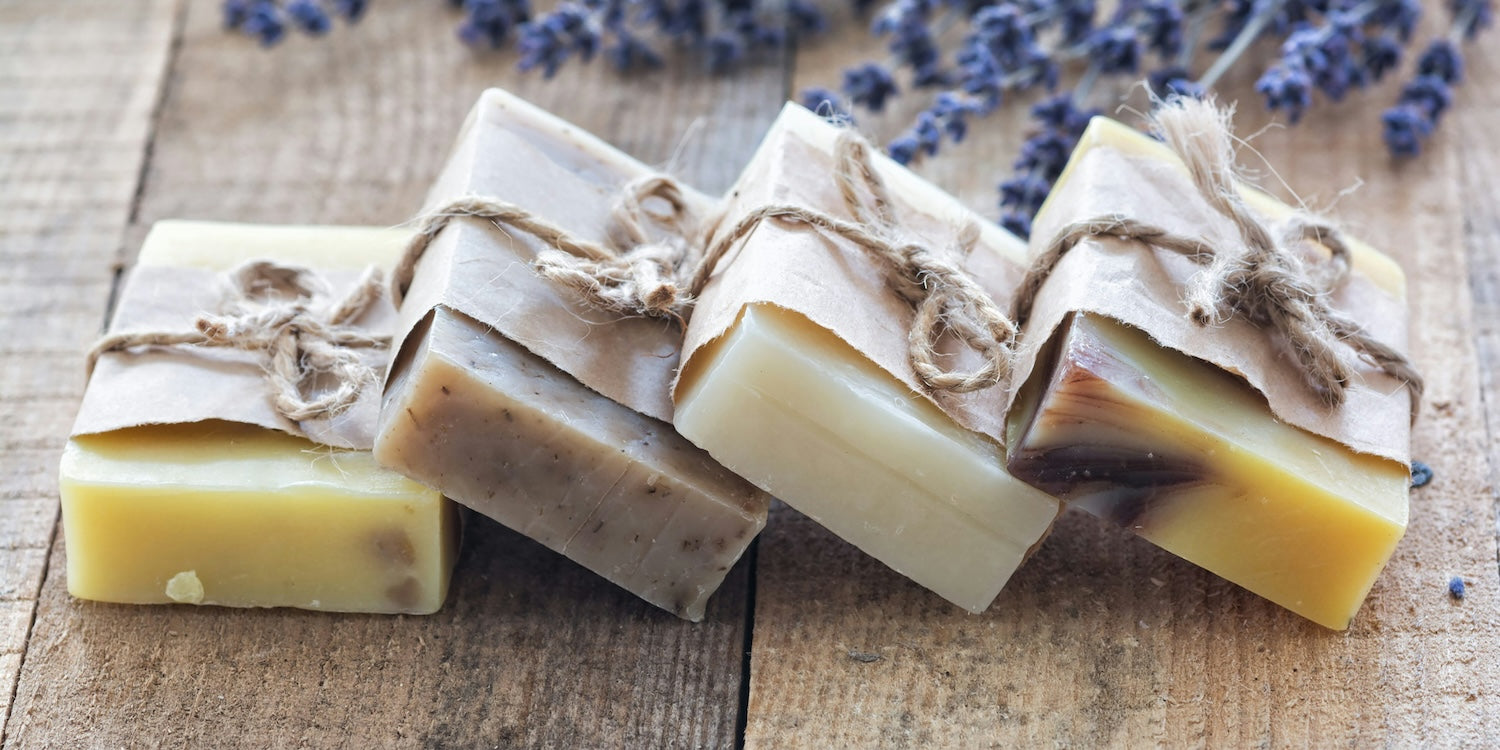If your great grandparents had the opportunity to sit in your kitchen and watch you cook, they might be shocked at the things you throw away. That's because our understanding of waste has evolved. Items that were once held onto and reused are now quickly tossed in a trash bin and never given a second thought.
For example, did you know there are certain fruits, herbs, root and vegetable scraps that can grow into a new plant?
While it’s tempting to throw away leftover basil, the top of a carrot, or a pineapple crown, we encourage you to keep these food scraps. Why? Because growing a completely new vegetable, or plant, from scraps is possible. This practice will save you money, and it’s good for the planet.
Plus, your great-grandparents would be really proud, and who doesn’t want that?
Can You Regrow Vegetables From Scraps?
The short answer is, yes!
Some herbs, vegetables, roots and fruit are able to grow a new plant from part of a plant if the conditions are right. Some plants will do this if you place the scrap straight into soil. Others will do it if you place the scrap in water. Often, it is important to get the right segment of a plant to ensure a vegetable can produce a new plant.
If you get the wrong segment, there is a chance the plant will not re-grow.
One example of a scrap that can be regrown is the top of a carrot. If you place a carrot top in water, it will start to grow a new carrot from the base.
Another example of this is basil. If you cut basil at an angle, right under a leaf, you can help stimulate root growth. Remove the leaf right above the cut, and place the basil in water. Be sure it still has three or more leaves for photosynthesis. Once the plant grows at least three inches of roots, you can place the cutting in soil. The cutting will continue to grow a new basil plant!
What Fruit, Vegetables, and Herbs Can Be Grown From Scraps?
Herbs, vegetables and roots are some of the easiest plants to regrow in your own home. Most fruits aren’t able to regrow from a cutting, but pineapples can! With enough bowls and pots, you can keep a whole garden in your kitchen.
Here are some of the foods that can be regrown from kitchen scraps:
| Green Onions | Celery | Lettuce |
| Cabbage | Carrots | Onions |
| Leeks | Rosemary | Thyme |
| Lavender | Mint | Sage |
| Oregano | Potatoes | Garlic |
Before you start growing a new vegetable, be sure to look up the amount of space a mature plant needs to ensure you have room for it.
Instructions for Growing Vegetables from Cuttings

There are a couple of items that you’ll need to grow your own vegetables from scraps. First, do a little research on the vegetable or herb you’re planning to grow. Some foods, like carrots, don’t like direct sunlight. Others, like pineapples, need lots of sunlight to survive. It’s good to be familiar with the specifications of the plant you’re trying to grow.
To get your vegetable growing in water, you’ll need a container to keep it in. You can use a glass, a bowl, or you can repurpose a jar or container.
Talk about a great way to upcycle your mouthwash or toothpaste tablet jars!
Some vegetables and herbs need extra nutrients provided by soil to fully regrow. Once you have established roots on the plant, you’ll need a pot and some planting soil to get the plant started. Some roots, like garlic cloves, will need to be sown directly into the soil, even without establishing roots.
Be sure to water your potted plants at least once a week, depending on sunlight and which vegetable or herb you have planted.
Pro Tips for Regrowing Food
From our experience, there are a couple of best practices to keep in mind when you start regrowing food from scraps. Don’t make the mistakes we did!
- Change the water once a week if you’re growing the plant in water. Trust us, it can get real weird if you don’t.
- Transplant herbs, vegetables, pineapples and roots when they get larger. Some plants need extra nutrients to survive. While your green onion can live it’s best life in water, your pineapple bush will need to be placed in soil when the roots have developed.
- If a vegetable isn’t regenerative, keep track of the seeds. You can plant these in your garden in the spring.
- Ever heard the saying “grows like a weed”? Well whoever said that was likely talking about mint. Unless you want mint all throughout your yard, we recommend keeping it in a container instead of planting it directly into the earth.
The Benefits of Utilizing Food Scraps for a Second Time
It’s estimated that 8-10% of greenhouse gas emissions, across the globe, comes from food that isn’t eaten. Our kitchen scraps are one very small part of that emissions that we can make a conscious decision to change.
Growing kitchen scraps can also save you money! Picture never having to buy herbs again. Or, imagine getting two pineapples for the price of one. These small savings, over time, can really add up.
Lastly, your new kitchen garden will create fresh produce for you all year long. You’ll no longer be guessing on if your grocery store will have rosemary or not. Instead, you’ll have a constant supply you can share with friends, family and neighbors.
If Regrowing Food is Too Weird For You…
We get that regrowing food isn’t for everyone. There is a Frankenstein vibe to it at first. But, there are lots of opportunities to use your food scraps in other ways. For example, leftover vegetable scraps can be repurposed into vegetable broth. Once the broth is made, compost the scraps to create healthier soil.
If holding onto your lettuce bottoms sounds a little overwhelming, consider making one of these easier sustainable swaps. Or, if you want plants but aren’t interested in regrowing scraps, you can consider an indoor winter garden!
Making any sustainable swaps can make a big impact over a period of time. One less plastic bottle, one less truckload of celery across the country, or one less frivolous purchase all lead to a more sustainable future, for all of us.






